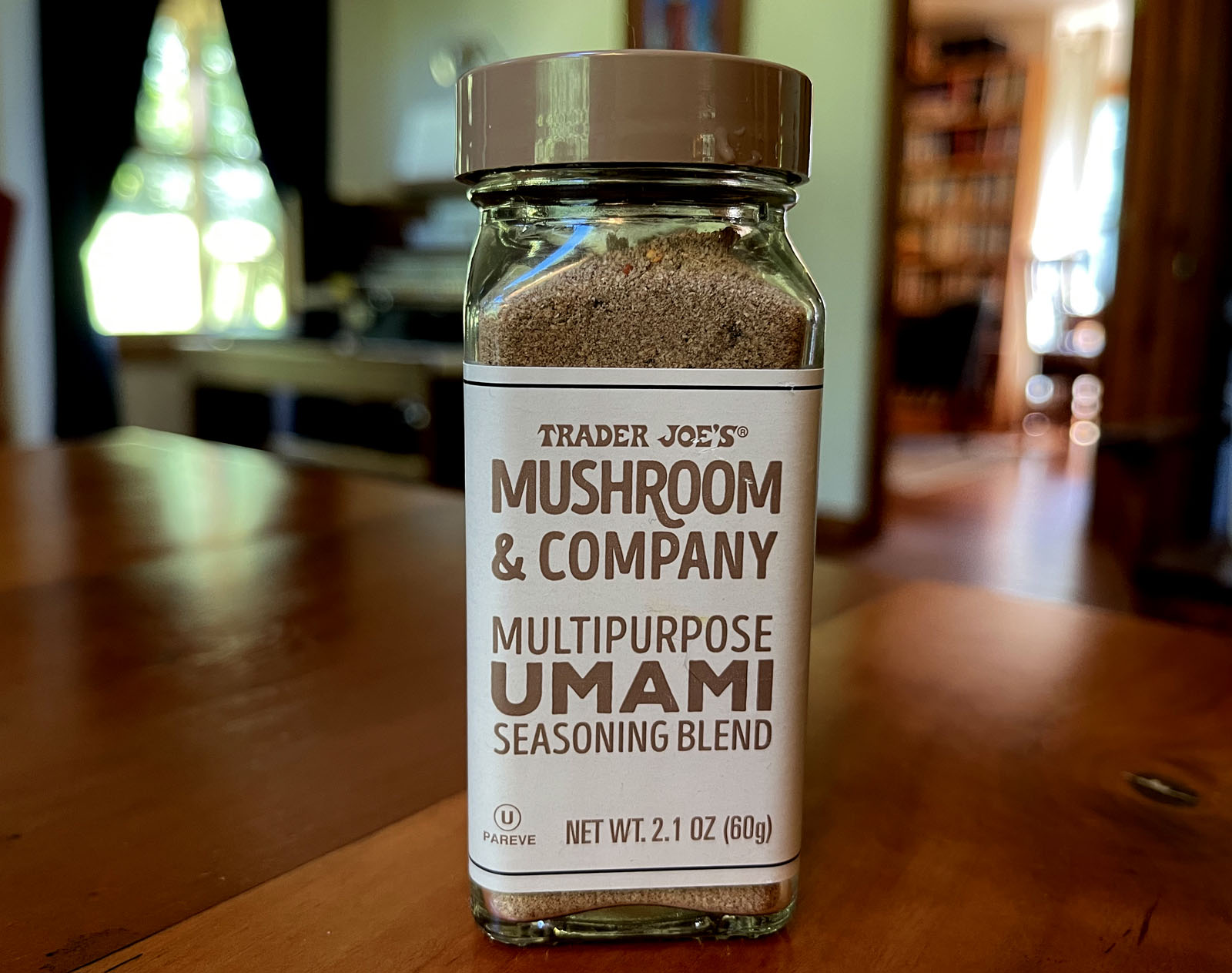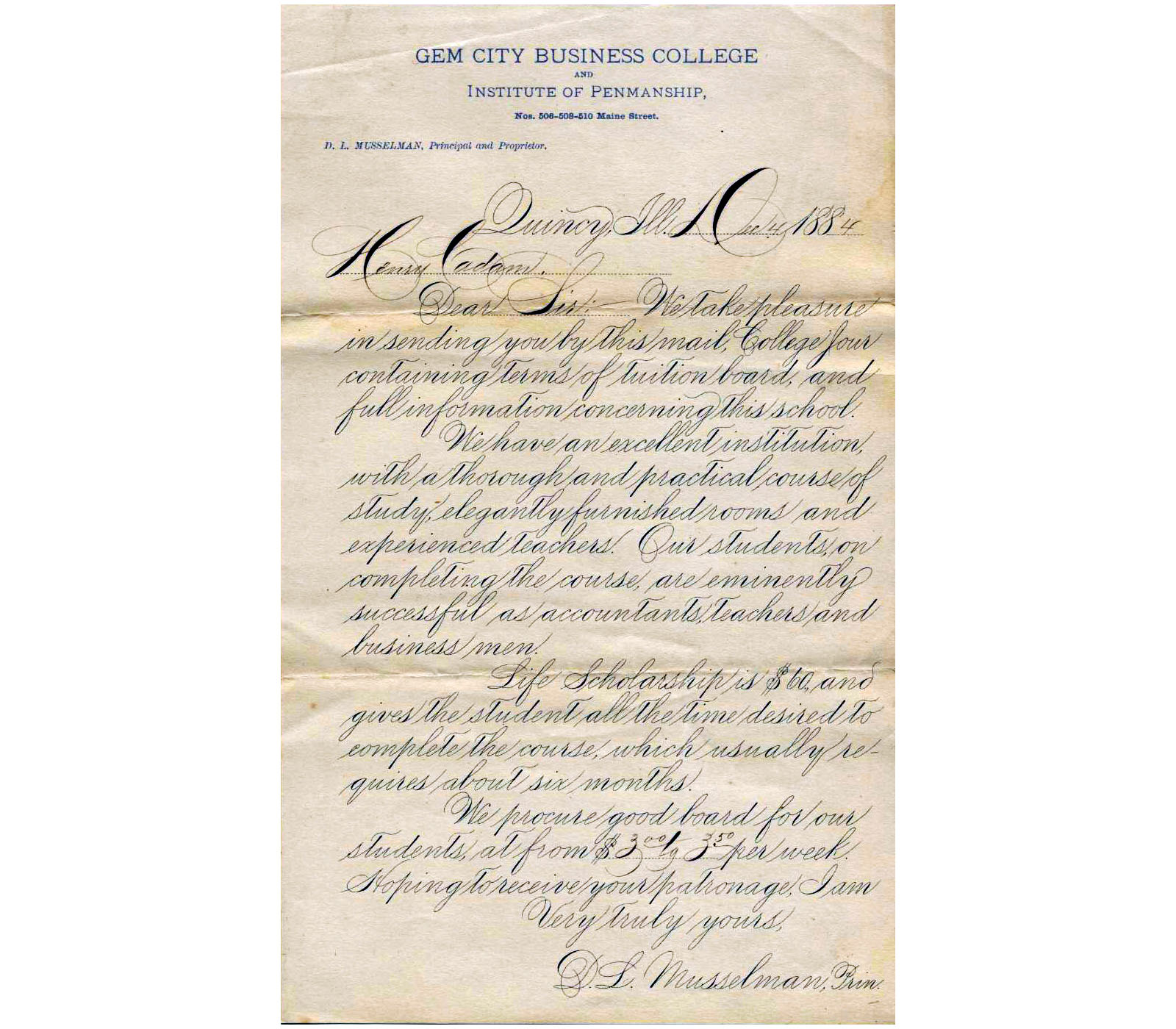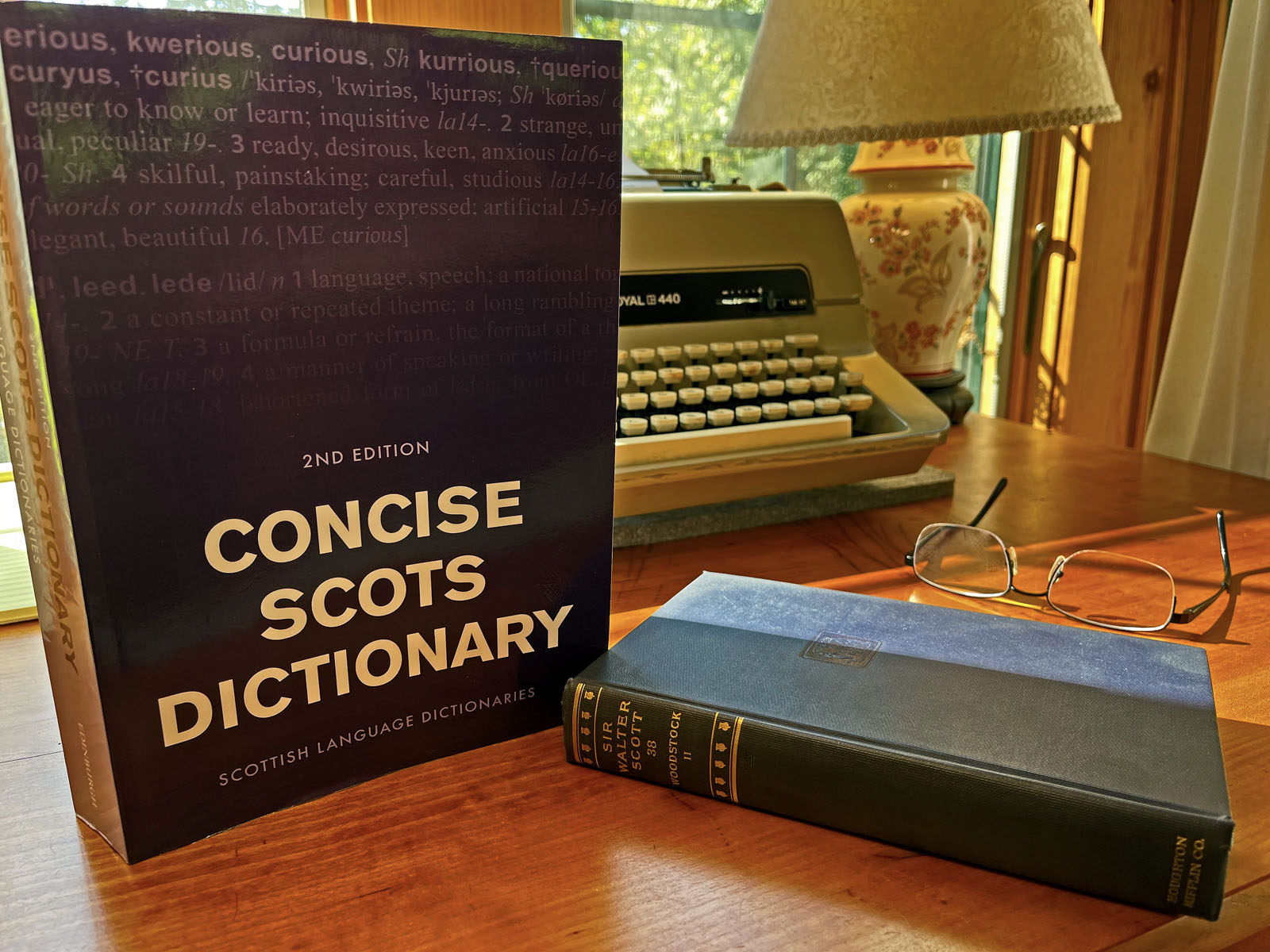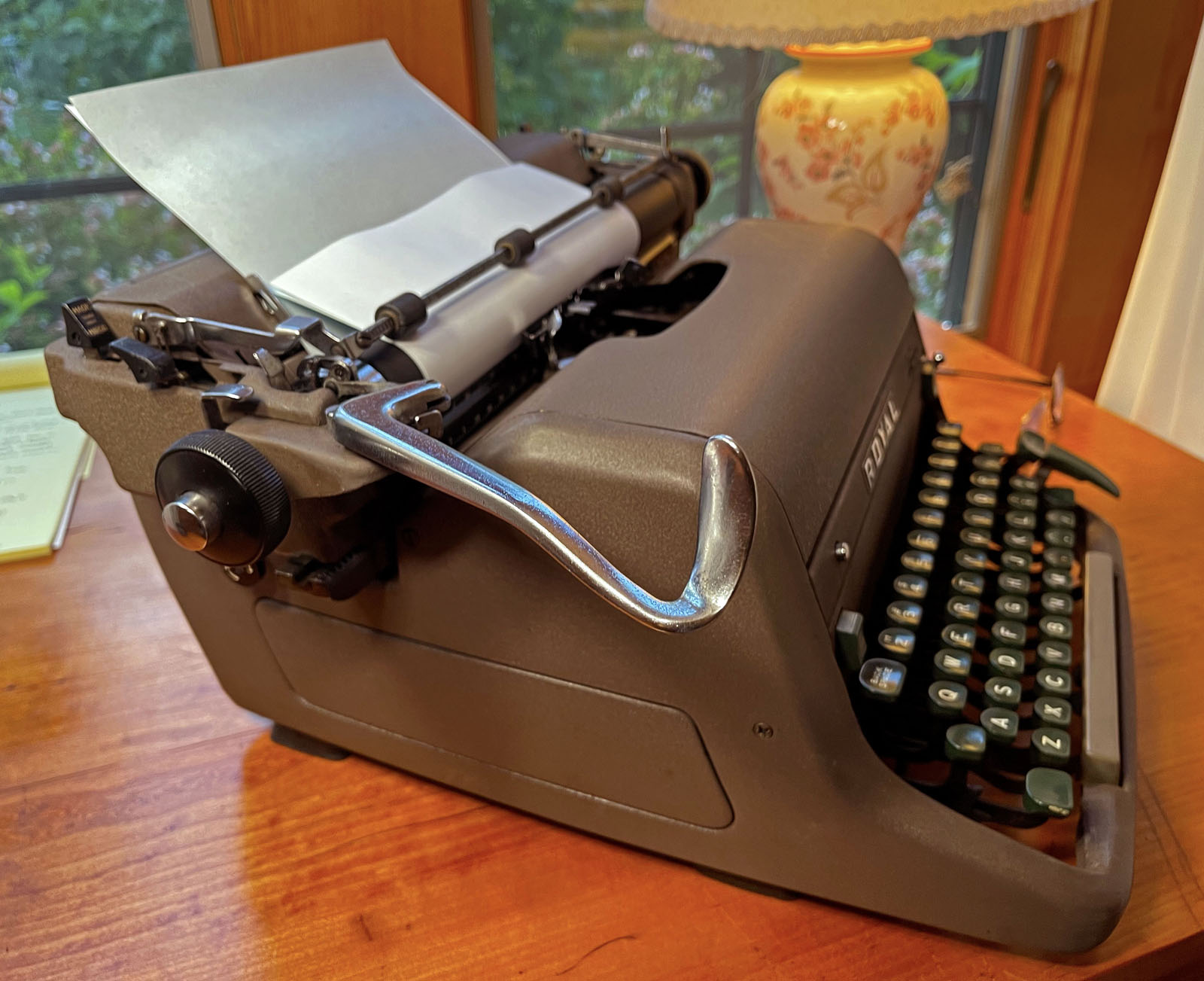
Source: Wikimedia Commons
What’s remarkable about Oliver Cromwell, 350 years after he died, is that he is still a touchy subject. Why should that be? I would propose that it’s because the conflicts of the 17th Century have not really been settled: What kind of government is best, and what should religion have to do with it? In many ways, we’re still fighting the English Civil War, just as we are still fighting the American Civil War.
Cromwell is on my mind because I just finished reading Sir Walter Scott’s Woodstock, in which Cromwell is a character, as well as the future King Charles II. And Hilary Mantel, who wrote Wolf Hall, died last month.
I am by no means qualified to make any sort of historical argument about Cromwell. I can only throw up my hands and say that it’s clearly complicated. Historians are still arguing about Cromwell and writing about Cromwell. In November, Blackwell’s will release a pricey new tome, volume 2 of The Letters, Writings, and Speeches of Oliver Cromwell. Volume II, February 1649 to December 1653. A recent article in the Guardian about this book asks the question, “Has history got it wrong about Oliver Cromwell’s persecution of Catholics?”
Sir Walter Scott, though he was a royalist, does not demonize his Cromwell character. Scott’s Cromwell is pompous and menacing, but he’s also rational, and he’s not gratuitously cruel.
As for Hilary Mantel’s Cromwell in Wolf Hall, I don’t know, except that according to the reviews I’ve read she is highly sympathetic to Cromwell. I tried to read Wolf Hall but could not get beyond the second page. It was some of the most atrocious writing I’ve ever tried to read, and I made the remark at the time that it’s a wonder that some writers aren’t killed by their editors. I was not the only one. According to Wikipedia, Susan Bassnet wrote in Times Higher Education, “[D]readfully badly written… Mantel just wrote and wrote and wrote. I have yet to meet anyone outside the Booker panel who managed to get to the end of this tedious tome. God forbid there might be a sequel, which I fear is on the horizon.” For no reason other than her horrible writing, I am highly skeptical of Hilary Mantel’s take on history.
As for what makes the question complicated, we might start by saying that it depended on where one lived. The English, the Scottish, and the Irish all had good reasons for seeing Cromwell differently. As for the doctrinal and political questions, they’re still argued today. Cromwell was a Puritan, and for that reason alone I can’t imagine that I could like him. In Waller R. Newell’s book Tyrants, Newell writes that “it would be hard to know whether to describe him as a Puritan Machiavellian or a Machavellian Puritan.” Here Newell does not intend the term “Machiavellian” as an insult; rather, he has in mind “the heart of Machiavelli’s dual endorsement of ‘princes’ and ‘peoples.'”
Whatever material historians may recently have uncovered that suggests that Cromwell was more tolerant of Catholics than was previously known, there is no disputing what Cromwell did in Ireland, where, according to Wikipedia, 15 to 50 percent of the population died from Cromwell’s war and the famine and plague that followed.
Here I confess a personal grudge against Cromwell, though it is purely speculative. My paternal ancestors arrived in Virginia at the very tail of the 17th Century. No one has been able to precisely determine where they came from, but the Y-DNA genetic evidence available today strongly suggests that they came from Ireland, not from England. The speculative theory of mine is that those two young brothers left Ireland because of the devastation and redistribution of property caused by Cromwell. They saw no future for themselves in Ireland.
There are grudges aplenty today as the old civil wars continue. We know what happened to King Charles I, and it seems that King Charles II was a pretty good guy. Just yesterday, King Charles III appeared in Scotland’s Dunfermline for some royal duties. According to the media, Charles III and his consort were cheered by the large crowd waiting to see them. When Nicola Sturgeon, Scotland’s First Minister, appeared, there were boos along with the cheers. This surprises me, but it also shows how the complexities of the 17th Century live on. According to the Daily Mail, quoting a woman in the crowd:
“Remarking on the booing of Nicola Sturgeon she said: ‘That doesn’t surprise me. She thinks she is Queen of Scotland and doesn’t realise how many people dislike her. We are very happy with the Royal Family we have and with the union, thank you.’”
Another royalist, in Scotland. Yep. It’s complicated. And very little has been settled.





















